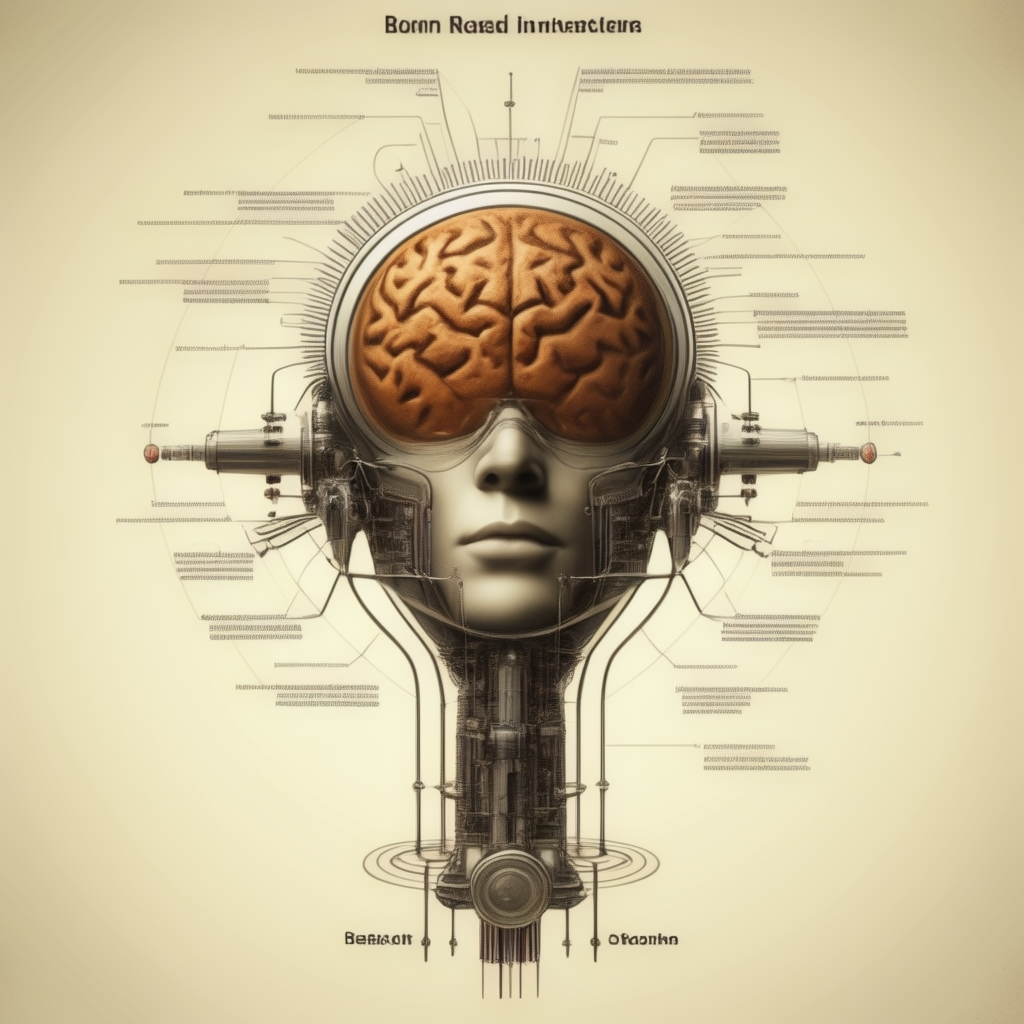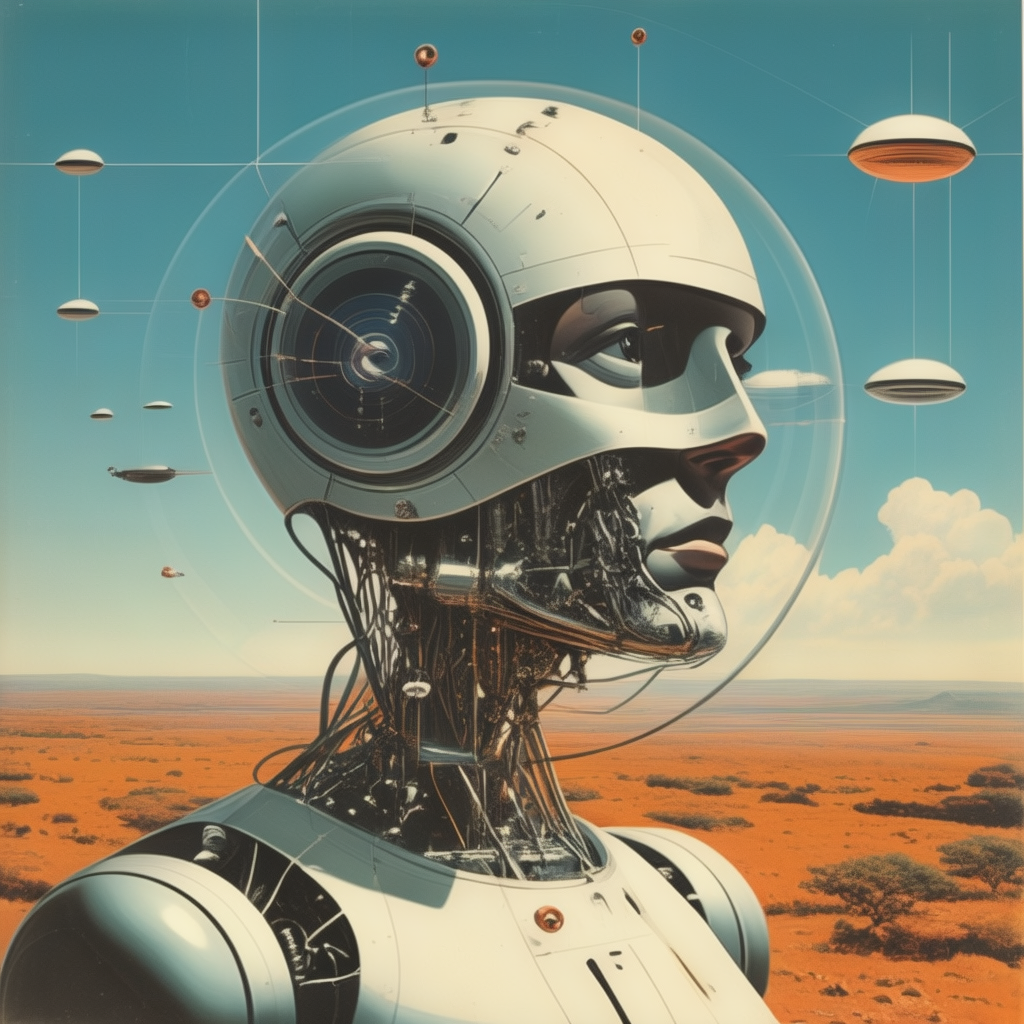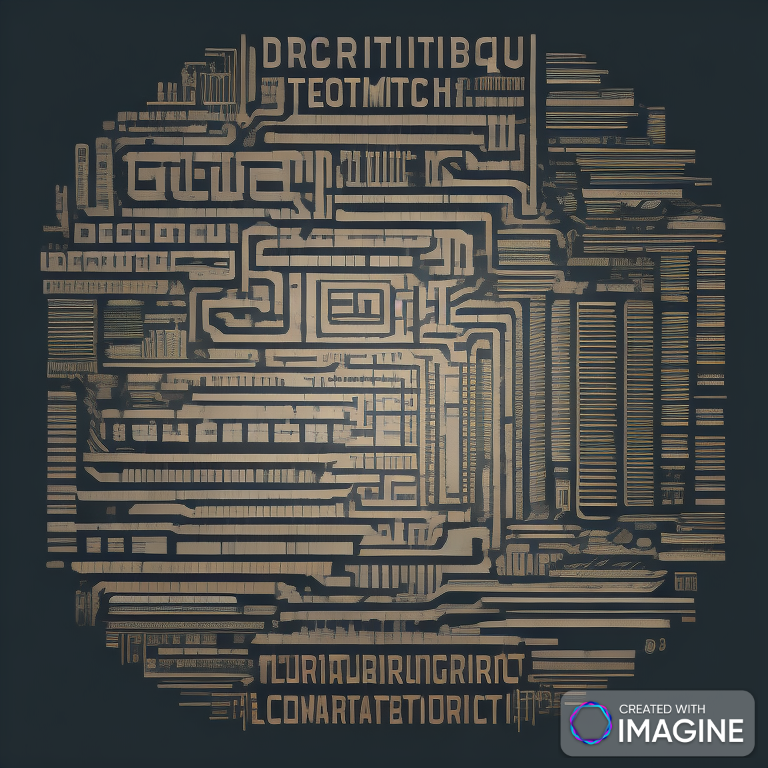In recent years, the agent-based approach has become increasingly popular in various fields of software engineering. It offers flexibility, autonomy, and the ability to handle complex systems in a decentralized manner. Originally emerging from artificial intelligence (AI), this method has found its way into a wide range of applications, including operating systems. Here, agent-based approaches, paired with machine learning and the perceive-act loop, are transforming traditional models into autonomous computing systems. These systems can monitor, adapt, and control themselves, leading to improved efficiency, scalability, and resilience.
In this blog post, we’ll dive deep into the agent-based approach, its relevance in software engineering and operating systems, and how concepts like automatic computing and the perceive-act loop are enabling the creation of self-regulating systems.
Understanding Agent-Based Systems
Agent-based systems are composed of autonomous agents that interact with each other and their environment. Each agent operates independently, capable of making decisions based on local information without relying on a central controller. This allows for a decentralized approach, making it suitable for large-scale, dynamic systems where centralized control would be impractical or inefficient.
Agents in such systems typically exhibit the following characteristics:
- Autonomy: Agents operate independently, making decisions and taking actions without external intervention.
- Reactivity: Agents respond to changes in the environment in real time.
- Proactivity: Agents can take the initiative to fulfill their goals, often by planning actions ahead of time.
- Social Ability: Agents interact with each other to cooperate, negotiate, and solve problems collectively.
These characteristics make agent-based approaches highly versatile in various domains, including complex problem-solving, distributed systems, and, more recently, operating systems.
The Evolution of Agent-Based Approaches in Software Engineering
In software engineering, agent-based models initially found their footing in AI-driven applications, such as robotics, simulations, and intelligent decision support systems. However, their ability to manage complex, distributed systems has led to broader adoption. Modern software systems, especially those in cloud computing, Internet of Things (IoT), and distributed networks, are often composed of multiple, interacting components that require intelligent coordination.
- Scalability: As systems grow in complexity, managing every component through centralized control becomes infeasible. Agent-based systems provide a scalable solution by delegating control to individual agents.
- Robustness: Decentralization makes these systems more robust. If one agent fails, the others can continue functioning, ensuring system stability.
- Real-time Decision Making: Agents can make decisions on the fly, allowing systems to adapt to changing environments and conditions.
- Distributed Systems: In distributed systems, agents act independently across a network, allowing for more efficient communication and processing.
Software engineering practices increasingly rely on agent-based approaches to design, develop, and deploy software that is modular, scalable, and adaptive to ever-changing requirements.
Automatic Computing and Self-Regulating Systems
The concept of automatic computing refers to systems that monitor and control themselves without human intervention. It represents a shift towards self-managing systems that can autonomously handle various tasks, such as resource management, fault detection, and system optimization.
At the heart of automatic computing lies the perceive-act loop, a feedback mechanism inspired by biological systems. In this loop, the system perceives changes in its environment and then acts to adjust its behavior accordingly. This cycle repeats continuously, allowing the system to adapt and optimize its performance over time.
Key Components of Automatic Computing:
- Perception: The system gathers data from its environment using sensors or other monitoring tools.
- Decision-Making: The system processes the data and determines the most appropriate action using machine learning algorithms and rule-based systems.
- Action: The system executes the action, such as adjusting resource allocation, reconfiguring network settings, or scaling up computational power.
- Learning: Machine learning models analyze the outcomes of actions, enabling the system to improve over time and make better decisions in future scenarios.
In essence, automatic computing enables systems to manage themselves, offering improved performance, resilience, and scalability in dynamic environments. This is particularly valuable in cloud infrastructures and large-scale distributed systems, where manual intervention becomes increasingly difficult.
Agent-Based Approaches in Operating Systems
Operating systems (OS) have traditionally been responsible for managing hardware resources and providing an interface between hardware and software. However, with the increasing complexity of modern computer systems and the proliferation of cloud computing and IoT devices, OS design is evolving. Agent-based approaches are infiltrating the realm of operating systems, bringing with them the promise of self-managing, autonomous systems.
In an agent-based OS:
- Each component, such as memory management, process scheduling, and network communication, is handled by independent agents.
- These agents constantly monitor system resources and applications, making real-time decisions based on the system’s current state.
- Agents can collaborate to optimize system performance, balance workloads, and ensure efficient resource allocation.
Example Use Cases:
- Resource Allocation: In cloud computing environments, agent-based systems can dynamically allocate resources based on demand. For example, agents can monitor CPU and memory usage across different virtual machines and adjust resources accordingly.
- Fault Detection and Recovery: If a system component fails, agents can detect the failure and take corrective actions, such as restarting a process or migrating workloads to healthy components.
- Energy Efficiency: Agents can manage energy consumption by monitoring system usage patterns and dynamically scaling resources up or down, helping reduce the overall power consumption of the system.
By leveraging agent-based models and the perceive-act loop, operating systems can become more adaptive, efficient, and responsive to the complex demands of modern computing environments.
The Role of Machine Learning in Agent-Based Systems
Machine learning plays a crucial role in enabling adaptive decision-making in agent-based systems. By continuously learning from system performance data, machine learning algorithms enable agents to make smarter decisions over time. This leads to improvements in areas such as:
- Predictive Resource Management: By analyzing historical data, machine learning models can predict future resource demands and preemptively adjust resource allocation.
- Anomaly Detection: Machine learning techniques can detect anomalies in system behavior, enabling agents to identify and respond to potential issues before they escalate.
- Optimization: Machine learning algorithms help optimize system performance by identifying patterns and trends, such as peak usage times, and allowing agents to proactively adjust system configurations.
1. Understanding the Foundations: Basic Principles of Agent-Based Systems
a. What is an Agent?
At its core, an agent is a software entity capable of acting autonomously to achieve specific goals. This autonomy distinguishes agents from traditional software objects, as agents can make decisions without external control. The concept of “agency” implies that agents can:
- Sense their environment (perception).
- Make decisions (internal processing).
- Act upon those decisions (execution).
b. Simple vs. Complex Agents
Agents can range from simple, rule-based entities to complex, learning-driven systems. A simple agent might follow a set of predefined instructions (e.g., thermostat adjusting temperature), while a complex agent can learn from experience and adapt its behavior over time (e.g., AI bots in video games or autonomous vehicles).
c. Reactive vs. Proactive Behavior
Basic agents exhibit reactive behavior, responding directly to environmental changes. More advanced agents display proactive behavior, planning their actions to achieve long-term goals by forecasting future states and taking preventive or strategic steps.
d. Communication and Collaboration Between Agents
In more complex agent systems, agents can communicate with each other, leading to multi-agent systems. These systems can be cooperative (working together to achieve shared goals) or competitive (agents have conflicting objectives and must find strategies to outsmart each other).
e. Agent Environments
The environment in which an agent operates can be:
- Static: The environment remains constant (e.g., controlling traffic lights).
- Dynamic: The environment changes over time, often unpredictably (e.g., stock market analysis).
In more advanced applications, agents may operate in partially observable environments where they cannot access all the data, requiring them to make decisions with incomplete information.
2. Advanced Architectures of Agent-Based Systems
a. Layered Architectures
Agents can be designed using layered architectures, which allow them to operate at different levels of abstraction. Each layer corresponds to a different level of decision-making, from low-level reactive behaviors to high-level strategic planning.
- Reactive Layer: Handles real-time, low-level decision-making (e.g., avoiding obstacles).
- Deliberative Layer: Handles more complex decision-making, including reasoning and planning.
- Learning Layer: Adds adaptive capabilities, allowing agents to improve their performance over time.
b. Hybrid Architectures
A more sophisticated approach is a hybrid architecture, which combines multiple types of agents within a single system. These systems mix reactive agents with deliberative agents, resulting in a more balanced and flexible approach that handles both immediate reactions and long-term planning effectively.
c. Cognitive Architectures
At the cutting edge, cognitive architectures are frameworks that emulate human-like thinking. These architectures integrate perception, learning, reasoning, and memory to create agents capable of human-level intelligence. Examples include cognitive models like SOAR and ACT-R that are used in AI and robotics to build systems that can mimic human decision-making.
3. Exploring the Perceive-Act Loop in More Depth
The perceive-act loop is foundational to agent-based systems, particularly in autonomous computing. This loop continuously cycles through three phases:
a. Perception: Gathering Data from the Environment
Agents use sensors (both physical, such as IoT devices, or virtual, such as software logs) to collect information about their environment. In advanced systems, this phase may involve aggregating data from multiple sources, including:
- Structured data (e.g., system status logs, CPU usage).
- Unstructured data (e.g., user behaviors, environmental anomalies). Advanced agents may use techniques like computer vision or natural language processing (NLP) to understand the environment more thoroughly.
b. Reasoning: Analyzing and Interpreting Data
During this phase, the agent evaluates the perceived data and determines the appropriate action. This reasoning process may rely on:
- Rule-based systems: Following if-then rules.
- Machine learning models: Making predictions or classifications based on past data.
- Probabilistic reasoning: Handling uncertainty in decision-making by calculating probabilities (e.g., Bayesian networks).
c. Action: Executing the Decision
After deciding on a course of action, the agent executes its decision in the environment. This might involve:
- Changing internal states (e.g., memory allocation in an operating system).
- Interacting with external systems (e.g., adjusting network bandwidth in a distributed computing system).
This loop continues, with the agent learning from its actions and refining future behaviors over time.
4. Learning and Adaptation in Agent-Based Systems
One of the advanced features of agent-based systems is their ability to learn and adapt. This is what differentiates basic rule-based systems from more sophisticated ones.
a. Types of Learning in Agents
- Supervised Learning: Agents learn from labeled data provided by a human expert. This approach is useful when training agents for specific tasks (e.g., image recognition).
- Reinforcement Learning: Agents learn from trial and error, receiving feedback from the environment in the form of rewards or penalties. This is highly effective for systems operating in dynamic environments (e.g., self-driving cars).
- Unsupervised Learning: Agents discover patterns in data without labeled examples. This type of learning is crucial for discovering hidden structures within large datasets (e.g., clustering similar types of files in an OS).
b. Neural Networks and Deep Learning in Agent-Based Systems
More advanced agents use deep learning techniques and neural networks to make sense of complex data. For example, agents that manage cloud infrastructure can use deep neural networks to predict system load, allowing them to allocate resources more efficiently.
c. Transfer Learning: Adapting Knowledge Across Domains
Transfer learning enables agents to transfer knowledge learned from one task to a new, but related task. This can be useful in operating systems when one agent learns how to optimize resource usage for one type of workload and applies that knowledge to a different workload, reducing the need for retraining.
5. Autonomic Computing: Advanced Concepts and Applications
Autonomic computing takes the agent-based approach further by creating self-managing systems that can automatically adapt to changing conditions. This concept introduces several advanced techniques:
a. Self-Configuration
Autonomic systems can reconfigure themselves based on predefined rules or learned behaviors. For example, an operating system might reallocate resources between virtual machines based on the current demand, without human intervention.
b. Self-Optimization
Self-optimizing systems use machine learning algorithms to continually improve their performance. For instance, cloud-based systems can use reinforcement learning to adjust virtual server configurations in real-time, optimizing performance while minimizing costs.
c. Self-Healing
In self-healing systems, agents detect and fix faults autonomously. They monitor system health, diagnose issues, and implement fixes without requiring human input. This is particularly valuable in critical systems like financial transaction processing or airline scheduling.
d. Self-Protection
Autonomic systems can defend themselves against cyberattacks. Agents can monitor network traffic and identify potential threats using intrusion detection systems (IDS) enhanced by AI. Upon detecting an anomaly, the system can automatically take protective measures, such as isolating affected components.
6. Agent-Based Systems in Distributed Computing and Cloud Environments
Distributed computing environments and cloud infrastructures benefit significantly from agent-based approaches. These environments are highly dynamic, and traditional centralized control mechanisms struggle to keep up with the complexity.
a. Resource Allocation in Cloud Systems
Agents can manage resource allocation in cloud systems by monitoring system loads and distributing resources in real-time. For example, in a multi-cloud environment, agents can balance the workload between different cloud providers, ensuring optimal performance and cost-efficiency.
b. Fault Tolerance and Load Balancing
In cloud-based architectures, agents are critical for maintaining fault tolerance. If one server fails, agents can detect the failure and reroute traffic to healthy servers, ensuring continuity of service. Additionally, agents can balance the load across servers, avoiding overload on any single server.
7. Security in Agent-Based Systems
As agent-based systems become more complex, ensuring the security of these systems becomes a critical issue.
a. Agent Trust Models
In multi-agent systems, particularly in distributed environments, it’s essential to ensure trust between agents. Agent trust models use reputation systems or cryptographic methods to verify the actions of agents and ensure that they behave as expected.
b. Malicious Agents and Countermeasures
In complex systems, it’s possible for agents to act maliciously, either due to programming errors or external attacks. Detecting and neutralizing malicious agents requires advanced intrusion detection mechanisms and self-protection strategies.
c. Encryption and Secure Communication
Agent-based systems often communicate over networks, making them vulnerable to interception or manipulation of messages. Using encryption and secure communication protocols, such as TLS (Transport Layer Security), ensures that data exchanged between agents is safe from eavesdropping or tampering.
Conclusion: Expanding the Boundaries of Agent-Based Systems
The agent-based approach is continuously evolving, pushing the boundaries of what software engineering and operating systems can achieve. From basic autonomous agents handling simple tasks to complex, self-managing systems that optimize, heal, and protect themselves, this approach is rapidly becoming the foundation for advanced computing environments.
The future holds even more potential for agent-based systems as they become more tightly integrated with AI, machine learning, and cognitive computing, leading to smarter, more adaptable, and resilient systems across industries.
The integration of agent-based approaches in both software engineering and operating systems is leading to the development of truly autonomous, self-regulating systems. Automatic computing, driven by the perceive-act loop and machine learning methods, is enabling systems to manage themselves with minimal human intervention. As these technologies continue to evolve, we can expect operating systems to become even more intelligent, adaptive, and efficient, paving the way for a future where systems are self-aware and capable of optimizing their performance in real time.
The potential for agent-based systems in operating systems is vast. As software engineers and researchers continue to refine these models, we are likely to see further advancements that transform the way we design and interact with computing systems, making them more autonomous, reliable, and capable of handling the growing complexity of modern computing environments.
This agent-based approach combined with machine learning and self-regulating systems is transforming both software engineering and operating systems into efficient, intelligent, and autonomous solutions poised to lead the next generation of technology innovation.






